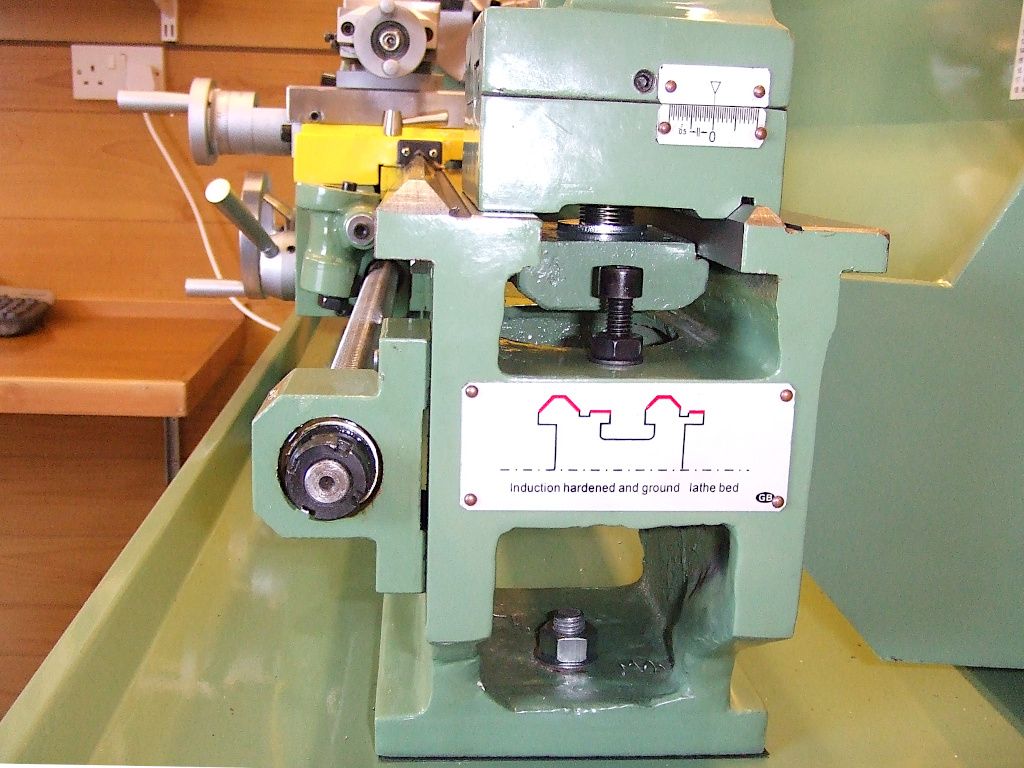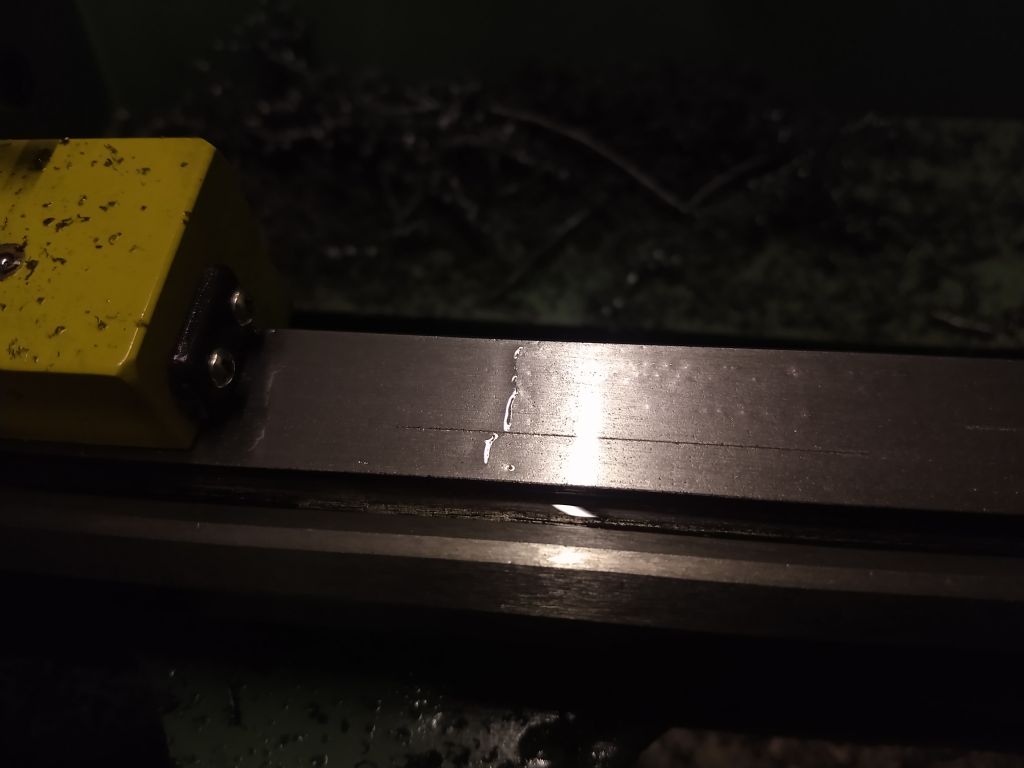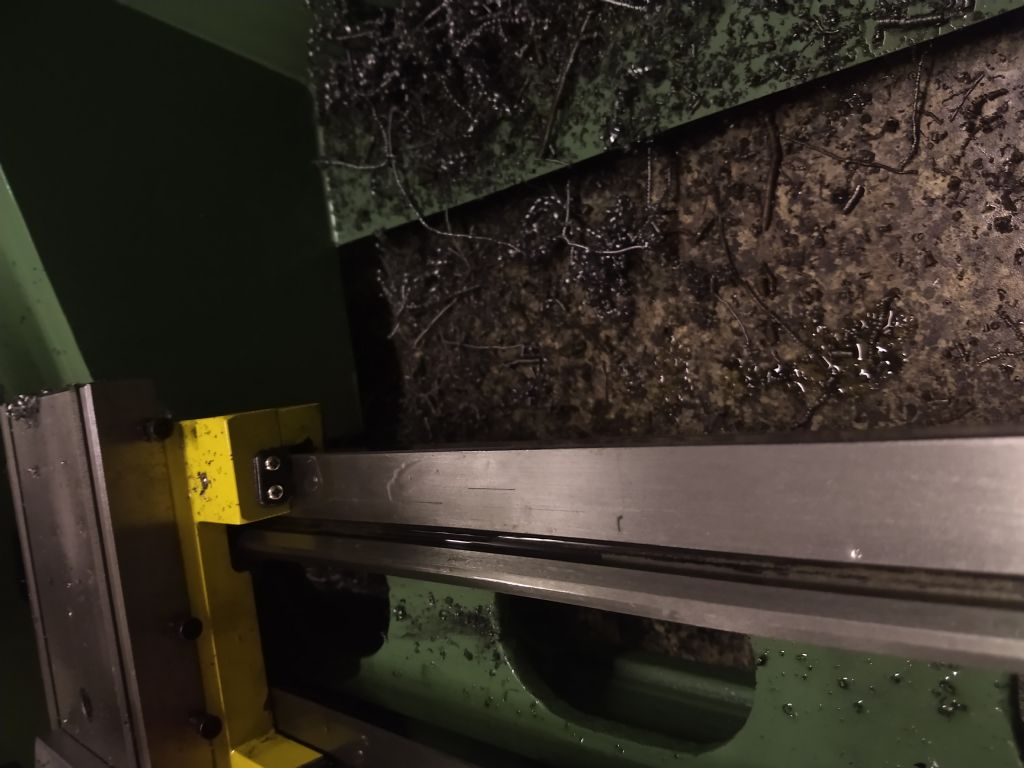Much depends on where the damage is. Under the chuck and at the extreme tail-stock end it won't matter at all. Might matter under the sliding surfaces. However, these lathes have prismatic beds in which quite large areas are never touched. The non-bearing areas of the bed can be mauled horribly without affecting the lathe at all. Even moderately scratched slides are unlikely to reduce accuracy, because the bearing area is large compared with the scratch.
Scratches and swarf aren't to be encouraged because they speed up wear and tear, and that eventually causes the bed to lose accuracy. Takes a lot of work to wear out a lathe bed, but many end up scrap because wear is often concentrated close to the chuck where most work is done. How prone a lathe is to bed wear depends on how it's used, what the bed is made of, and the design of the bed. All things being equal an induction hardened prismatic bed that's kept clean will last longer than a neglected flat bed. A lathe that cuts metal all day long needs more TLC than one that does half-an-hour every alternate Sunday.
I oil my bed as an anti-rust measure, but it's more important to remove swarf and protect it from abrasives. Best done at the end of each session. All oils tend to catch swarf, so wipe all the surfaces and re-oil. Slideway oil is good because it sticks where it needs to be under the slides, but it too should be cleaned off and replaced after a few hours cutting, more often if the job is dirty.
The saddle probably has small factory fitted brushes to stop swarf getting underneath. They work moderately well, but clean underneath occasionally.
Beds can look badly knocked about but still perform well. It's deep wear that matters, not superficial damage at the surface. Many a second-hand lathe has been bought because it has a shiny flat bed, the new owner blissfully unaware the flash good looks were achieved by aggressive abrasion. Grinding out cosmetic damage like scratches and rust pits causes severe wear to the bed, and it's unlikely to be flat after Bodger Bill has 'fixed' it.
My advice, don't worry about looks, what matters is how well the machine cuts metal. If it fails to cut with reasonable success, something is wrong. Might be due to a scratched bed, far more likely it's something else like loose gibs, difficult material or operator error. Most of the trouble in my workshop is operator error.
Dave
 JasonB.
JasonB.






